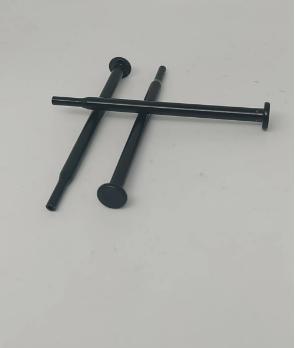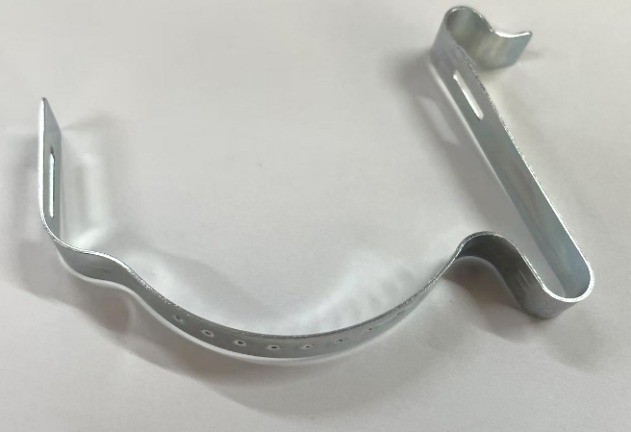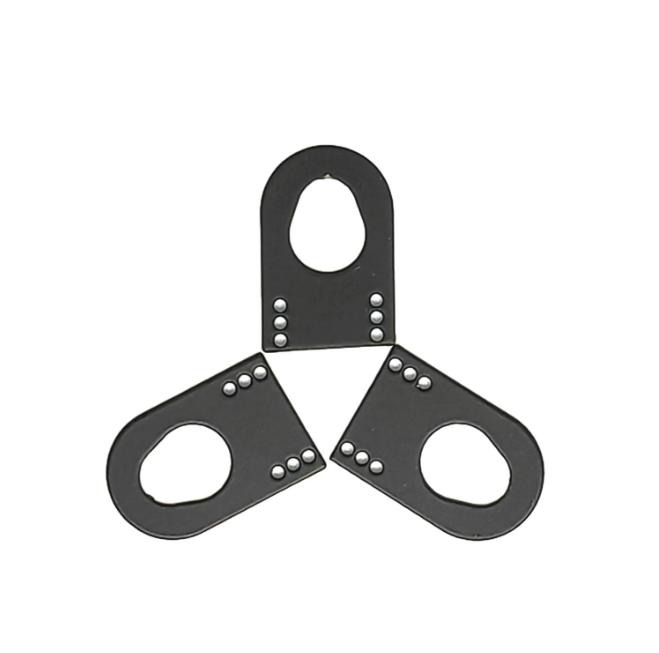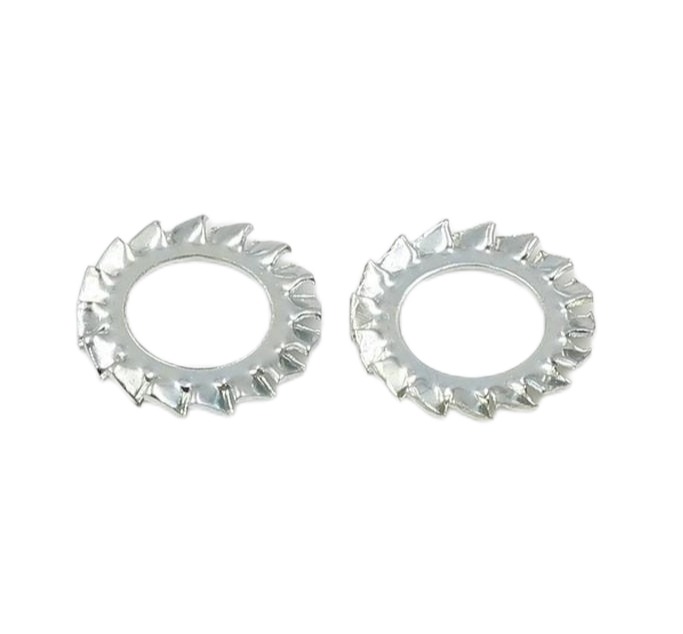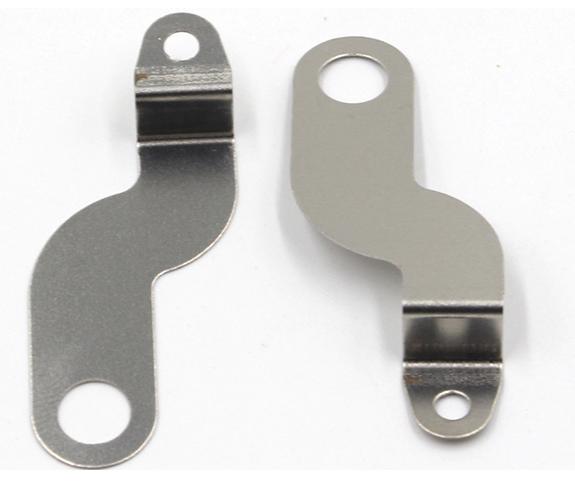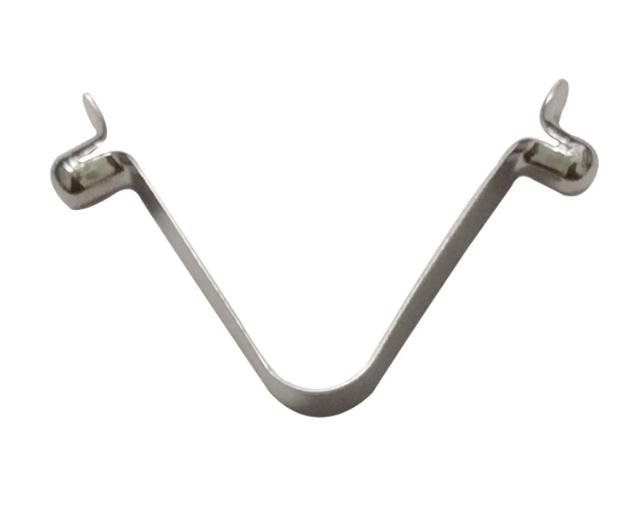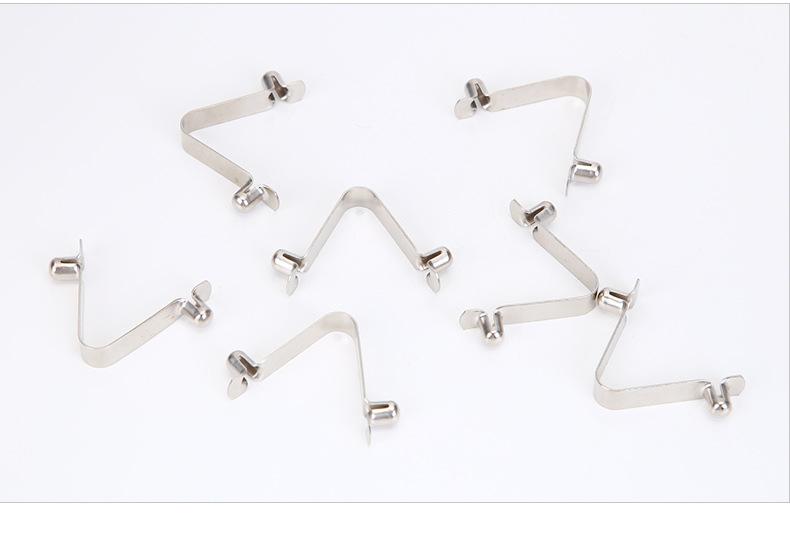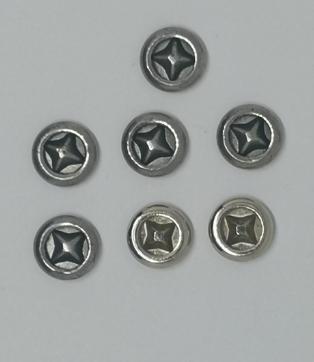Spring Seat Stamping Process: Common Problems and Solutions
Spring seats are essential mechanical components that provide support and positioning for springs. Their manufacturing process directly impacts their quality and lifespan. Stamping, a crucial stage in spring seat production, involves multiple steps that require precise control to guarantee dimensional accuracy and part reliability. This article delves into the requirements for a successful spring seat stamping process, analyzing each step, die design considerations, and common problems and solutions during production.
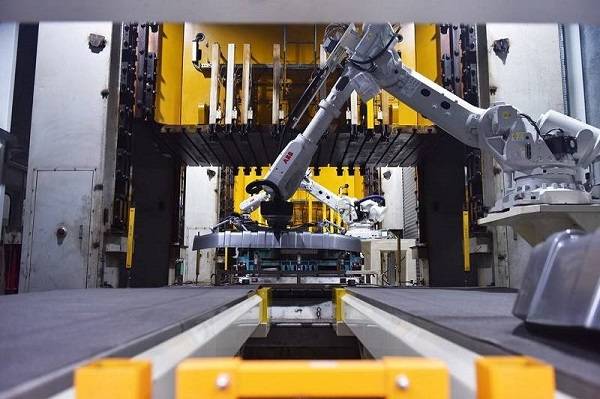
The Role of Stamping in Spring Seat Manufacturing
Stamping is a sheet metal forming process that utilizes a press and dies to transform flat sheet metal into a desired three-dimensional shape. In spring seat production, stamping offers a cost-effective and high-volume manufacturing method. The process involves a series of sequential operations, each playing a critical role in shaping the final spring seat. Precise control of each step ensures consistent part quality and repeatability.
Understanding the Stamping Process for Spring Seats
The spring seat stamping process is a multi-step operation that transforms raw sheet metal into the desired shape. Each stage contributes to the final form and functionality of the spring seat.
- Blanking: This is the initial stage where the raw material for the spring seat is cut from a sheet of metal. The primary objective is to obtain a blank with the precise dimensions required for the subsequent forming processes. Material utilization and waste reduction are crucial considerations at this stage. Minimizing scrap metal not only optimizes material costs but also fosters environmentally friendly manufacturing practices.
- Drawing: Following blanking, the flat blank undergoes a transformation into the three-dimensional shape of the spring seat. This is achieved by applying pressure using a forming die. The success of this stage hinges on the material’s flowability, which determines its ability to deform without cracking. Additionally, the drawing ratio, which refers to the amount of deformation the material experiences, needs careful consideration. Excessively high drawing ratios can lead to material rupture, rendering the blank unusable.
- Punching: Once the spring seat has acquired its basic shape through drawing, punching comes into play. This step involves creating holes or slots in the spring seat based on the final design specifications. Precise control of the punch’s relative position to the sheet metal is paramount to ensure the accuracy of the hole placement and dimensions. Even minor deviations can compromise the functionality of the spring seat.
- Trimming: The final stage of the stamping process is trimming. This step removes any excess material left around the edges of the formed spring seat. Trimming not only refines the final dimensions but also enhances the overall aesthetic quality of the finished product. Utilizing dedicated trimming dies significantly improves the efficiency and precision of this operation compared to manual methods.
Maintaining tight control over each of these stages is essential for achieving high-quality spring seats that meet stringent dimensional and functional requirements.
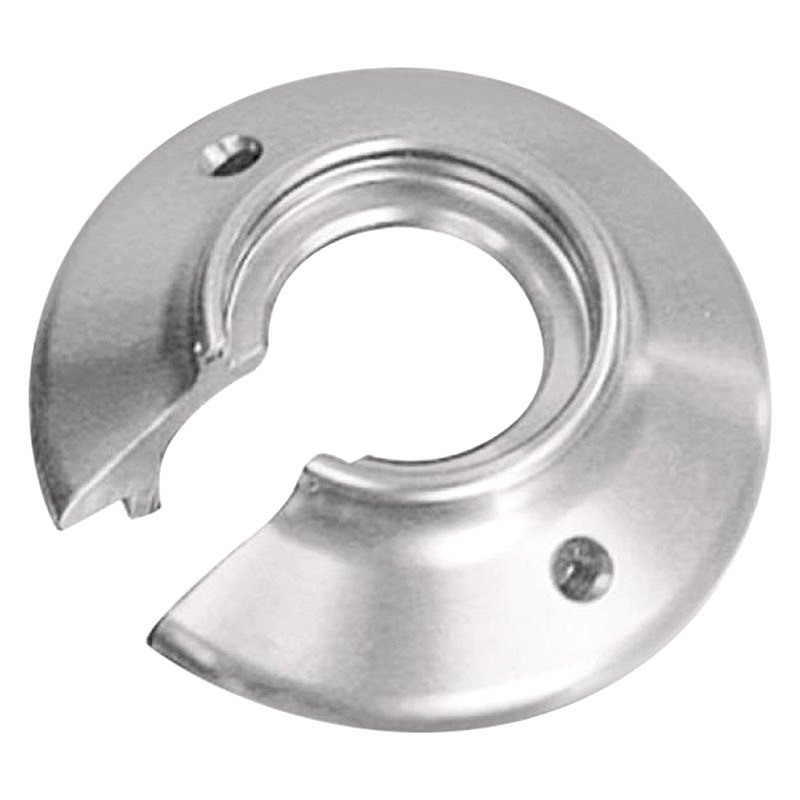
The Importance of Stamping Die Design in Spring Seat Manufacturing
Spring seat stamping die design holds immense significance in the spring seat manufacturing process. The functionality and lifespan of the dies directly impact the quality and production efficiency of the spring seats. Here are some key aspects to consider:
- Stamping Die Structure: The structure of the die set should be both simple and rational, facilitating ease of manufacturing and maintenance. Additionally, the design needs to accommodate the anticipated level of deformation the sheet metal will undergo during the forming process while ensuring the dimensional accuracy of the final spring seat. Complex die structures, while potentially achievable, might be more challenging to manufacture and maintain, potentially leading to increased production downtime.
- Stamping Die Material: The selection of die material is crucial for ensuring its durability and longevity. Ideally, the die material should possess high levels of hardness to withstand the substantial forces exerted during the stamping process. Additionally, good toughness is essential to prevent cracking or fracturing under repeated use. Finally, the material should exhibit good machinability to facilitate the creation of intricate features within the die set. The specific material chosen will depend on factors such as the anticipated production volume and the complexity of the spring seat geometry. High-volume production runs might necessitate the use of tool steels with exceptional wear resistance, while lower-volume runs might utilize less expensive materials that still offer adequate performance.
- Stamping Die Working Process: The functionality of the die set relies on the precise coordination of the upper and lower die components. These components must open, close, position, and guide the sheet metal accurately throughout the stamping process. Any inconsistencies in these movements can directly translate into dimensional variations and imperfections in the formed spring seat. Additionally, the die design should incorporate features that minimize wear and tear on the critical working surfaces, thereby extending the die’s operational lifespan.
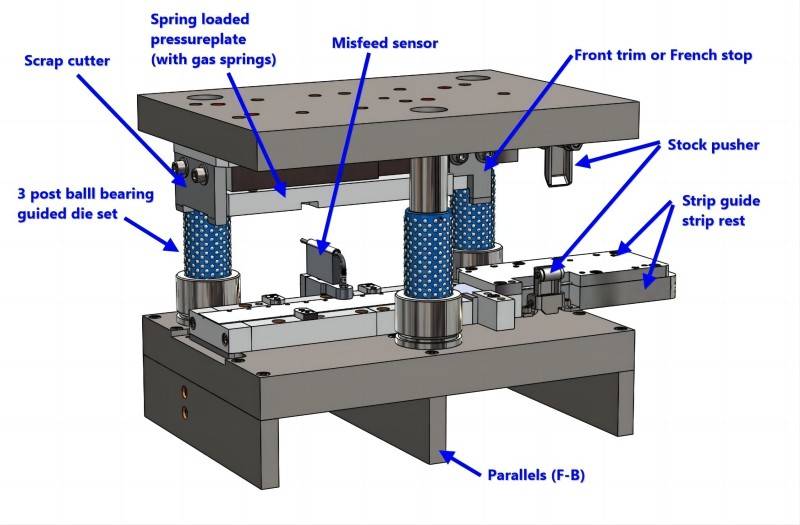
Common Problems in Spring Seat Stamping and Solutions
Despite meticulous planning and execution, the spring seat stamping process can encounter various problems that can negatively impact production efficiency and product quality. Here, we will explore some common issues and propose potential solutions:
1. Material Inconsistency: Variations in the thickness and surface flatness of the raw sheet metal can significantly impact the stamping process. Uneven thickness can lead to inconsistencies in the final spring seat dimensions, while surface irregularities can translate into imperfections in the finished product.
Solutions:
- Implementing strict material selection procedures that prioritize sheets with uniform thickness and a high degree of surface flatness. This might involve partnering with reliable metal suppliers who can consistently provide high-quality materials.
- Integrating a material inspection process before and after the blanking stage. This allows for the identification and removal of any sheets with unacceptable thickness variations or surface defects.
- Adjusting the stamping parameters, such as the pressure applied during drawing or punching, to accommodate the specific properties of the utilized sheet metal. By tailoring these parameters, the process can be optimized for the material at hand, minimizing the impact of slight inconsistencies.
2. Unreasonable Die Design: A poorly designed die set can lead to inaccuracies and aesthetic imperfections in the finished spring seats.
Solutions:
- Employing a meticulous design process that meticulously considers the specific requirements of the spring seat geometry. This ensures the die set effectively shapes the sheet metal into the desired final form while maintaining dimensional accuracy.
- Utilizing high-precision machining and manufacturing techniques during die fabrication. This guarantees the intricate features within the die are created with exceptional accuracy, translating into precise features on the spring seats.
- Implementing computer-aided design (CAD) software and simulation tools to validate the functionality of the die design before its physical construction. This virtual testing allows for the identification and rectification of any potential issues with the die’s functionality before it goes into production, saving time and resources.
3. Low Stamping Equipment Accuracy: The accuracy of the stamping equipment directly influences the dimensional consistency and precision of the spring seats. Equipment with inadequate precision can lead to variations in the final product dimensions.
Solutions:
- Implementing a rigorous maintenance schedule for the stamping equipment. This includes routine inspections, lubrication, and calibration to ensure all components are functioning within their specified tolerances.
- Utilizing high-precision control systems, such as servo control systems, within the stamping equipment. These advanced systems offer exceptional control over the movement of the dies, minimizing any potential inconsistencies and guaranteeing consistent dimensional accuracy in the spring seats.
- Providing comprehensive training to the equipment operators on proper operating procedures and preventative maintenance practices. A well-trained workforce can identify potential issues early on and take corrective actions to prevent them from impacting production quality.
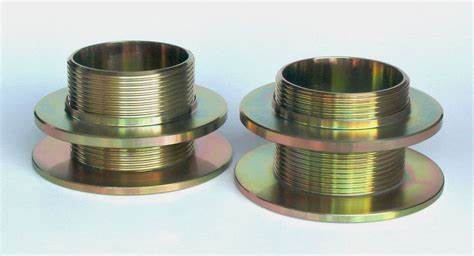
Conclusion
The stamping process of spring seats plays a crucial role in determining the quality and production efficiency of spring seats. By carefully controlling every step of the process, from material selection to stamping die design and equipment maintenance, manufacturers can ensure consistent production of high-quality spring seats. Solving the potential issues mentioned above and implementing the proposed solutions is a key step in achieving optimal spring seat manufacturing. In addition, continuous process monitoring, data analysis, and continuous optimization work are crucial for maintaining the competitive advantage of the manufacturing industry. By prioritizing quality and efficiency throughout the entire spring seat stamping process, manufacturers can ensure reliable production of these important mechanical components.
If you are looking for a factory that supplies metal stamping service for spring seat manufacturing, KENENG is a good choice for you.

